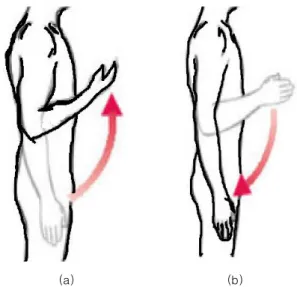Elbow Healthcare System for Flexion and Extension Abnormality of Elbow
1)
전체 글
1)
수치


관련 문서
The index is calculated with the latest 5-year auction data of 400 selected Classic, Modern, and Contemporary Chinese painting artists from major auction houses..
The twin rod cylinders are suitable for applications that require the non rotation of the piston and resistance of flexion. A tandem cylinder can provide amplified output
– Head rotation to the left causes extension of left arm and leg and flexion of right arm and leg; head rotation to the right causes extension of right arm and leg and
- 노뼈머리는 위팔뼈 작은머리(capitulum of the humerus)와 자뼈의 노패임(ulnar radial notch)과 관절을 이룬다...
The mainstay therapy for excessive iron deposition in pa- tients with primary and secondary hemochromatosis is phlebotomy and iron chelation, respectively, which are de-
The PL bundle is hidden behind the AM bundle and becomes visible during flexion as the femoral insertion moves
• For first language acquisition, there seems to be a critical period of the first five years, during which children must be exposed to rich input.. There is also
Figure 8.5b Movements allowed by synovial joints. (b) Angular movements: flexion, extension, and